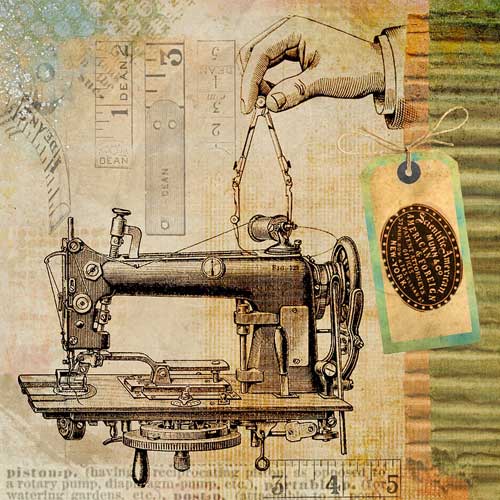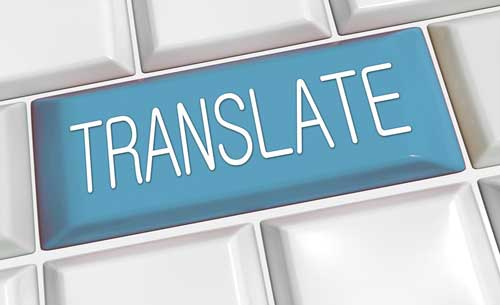Blog
2021.10.19
Patent translation
What is Patent Translation? – Patent Translation explained for Beginners
In a lot of our blog articles, we talk about patent translation but have never taken the time to explain what patent translation actually is. In this article, we want to explain what patent translation is for someone that is a complete beginner in this area.
1. Basics about Patent Translation
1.1 What is a Patent?
First, we need to explain what a patent is. A patent is a form of intellectual property that gives the owner the right to exclusively use an invention for a certain period of years. In exchange, therefore, the invention is publicly disclosed so that other inventors can profit from the knowledge. An invention must meet certain criteria to be patented. The invention is specified through words and drawings in a document called patent specification.

1.2 What is Patent Translation?
Patent translation refers to translating documents that are required during the patent filing process, which can include the patent specification, notices issued from a patent office, amendments made to the patent, correspondence between patent attorneys and other documents. Patent documents use a certain very technical style of writing that is different from regular literature.
1.3 Why and when do you need Patent Translation?
There is no worldwide patent system. In general, a patent needs to be filed separately in all countries, where the applicant wants to obtain the patent right. In order to file a patent in a foreign country, certain documents need to be translated, e.g. if a foreign applicant would like to file a patent in Japan the patent specification needs to be translated into Japanese. These translations are provided by patent translators.
1.4 Who needs Patent Translation?
People or organizations that require patent translation are mainly patent applicants, intellectual property departments, and patent firms.
2. Which qualifications does a Patent Translator need?
2.1 Language skills – not just foreign Language, but native Language as well
Although there are no official qualifications to become a patent translator, patent translators, like translators in other fields, need to be fluent in the language they translate to and their native language. Since a patent document is both a technical and a legal document, it needs to be translated as faithfully and accurately as possible to the original text. Therefore the degree of freedom of expression is less than that of most other documents. Translating patent documents requires knowledge of grammar and technical terms not only in the foreign language but also in the native language.
2.2 Knowledge of Patents
In addition, patent translators need to have a good knowledge of the unique phrases used in the patent field and must know how to write patent specifications. There are many standardized expressions, so once you remember them it gets easier.
2.3 Knowledge of Technology and Research Skills
Translating a patent means translating an invention, and inventions are not easy to understand. Specialized technical knowledge is required to be able to accurately comprehend the content of the invention and the intention of the inventor. With so many different technical fields a single translator cannot translate all sorts of inventions. Therefore, patent translators concentrate on one technical field and deepen their knowledge in it. However, since technology is constantly advancing, it is quite common that patent translators are faced with inventions they are not yet familiar with. In such cases is necessary to research technical concepts and terminology, accordingly research skills and the ability to judge the reliability of information are also essential.
3. What kind of Documents does a Patent Translator translate?
3.1 Patent Specifications
First, there is the patent specification. It contains a description of the invention, the technical background, embodiments of the invention, patent claims and if necessary, drawings. The claims define the scope of the invention; therefore it is especially important to translate the claims as close to the original as possible to obtain the same scope in every country.
3.2 Office Actions and other Notices from the Patent Office
A patent needs to be examined before a patent right is granted. If the patent examiner finds reasons why an application does not fulfil the requirements for a patent, they will issue a notice informing the applicant about the reasons. These notices have different names in different countries. In Japan they are called “notice of reasons for refusal”, in the US they are called “office action”. These notices are issued in the language of the country where the patent was filed and need to be translated for foreign applicants to file an appropriate response.
3.3 Other Documents
The document types mentioned above are the most common ones. Besides that, sometimes amendments need to be translated as well. Amendments are filed to revise or amend a certain part of the specification to correct mistakes or to overcome reasons mentioned in an office action. In certain situations, there also might a need to translate correspondence from patent attorneys.
4. transeuro is your Partner for Patent Translation
We hope you found this small introduction about patent translation helpful. As you see patent translation requires a very specific skill set and experience. The translators are transeuro all are experts in their respective fields and provide high-quality patent translation. We would be glad to help you with your patent translation needs. Free trial translations of up to 500 words are available for new clients. Do not hesitate to contact us.
Similar Posts
[jetpack-related-posts]




Leave a Reply